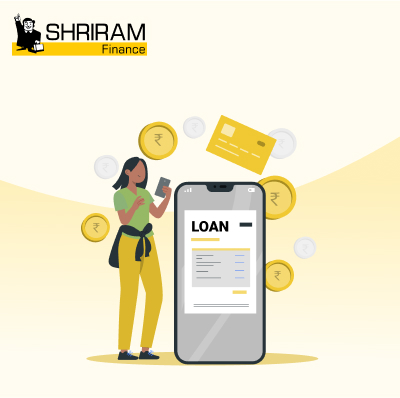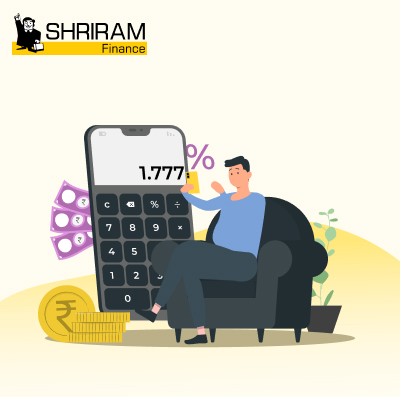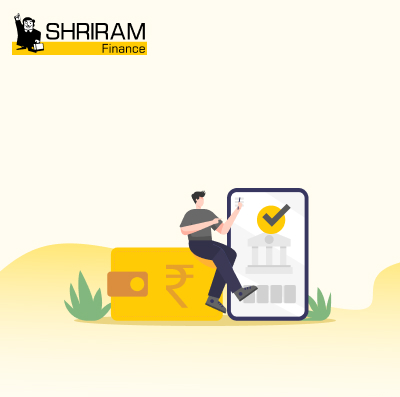Lease rental discounting (LRD) is a financing solution that allows property owners to raise funds by pledging the future rental income from their leased commercial properties as collateral. While LRD loans are gaining popularity in India, many beginners may find the concept complex. This article will explain what LRD is, how it works, its benefits as well as key considerations for applicants.
What is Lease Rental Discounting?
LRD enables property owners to obtain loans from banks or NBFCs by pledging the future rental income from their leased properties as security. If you own a commercial property leased to a reliable tenant, you can use the expected rental receipts to secure a term loan, receiving funds upfront while continuing to own the property.
In return, the loan provider gives you the rental amount upfront at a discounted rate after keeping a margin. You repay the loan by allowing your rent money to be routed to the loan provider as per the lease terms. Essentially, you are assigning your future lease payments to obtain financing today.
Who is Eligible for LRD?
Any company with these rental agreements can avail of a lease rent loan:
- Office or retail space leases
- Any commercial real estate with recurring payments
Property owners who lease out commercial spaces—such as offices, retail outlets, warehouses, or industrial buildings—to reputable tenants are eligible for LRD. The property should have an active lease agreement and generate consistent rental income.
If you have such assets where rent payments are made regularly to the owner and want to use those payments to get quick funds, LRD can help.
How Does the LRD Process Work?
The step-by-step LRD process is straightforward:
- Identify Rental Asset: First, evaluate your existing leased assets that have pending rental payments due as per contract terms. Identify commercial properties with active lease agreements and steady rental income. Gather lease details and tenant payment history.
- Approach Loan Provider: Next, connect with banks or NBFCs that offer LRD financing against your rental assets. Submit lease papers and payment history. Get quotes for a discounted amount that you receive upfront.
- Lender Due Diligence: The loan provider will verify lease documentation, assets, and credibility checks on the lessee and lessor. This risk assessment determines approval terms.
- Formalise LRD Agreement: Once approved, legal agreements for rental assignment between you (lessor), your tenant (lessess) and the loan provider will be signed. This facilitates direct payment rerouting.
- Receive Funds: Finally, the bank or NBFC immediately releases the rental sum to you after deducting margins. Future payments get routed via the lender as you repay the loan.
The entire approval and funding process is much faster than traditional lending.
Key Benefits of LRD
Here are some of the key advantages of lease rental discounting:
1. Quick Access to Capital
The biggest advantage of LRD is that it enables companies to get funds quickly based on their rental contracts instead of having to wait for traditional loan approvals. By assigning future lease payments to a loan provider, you can access large capital almost instantly to invest in growth plans or manage working expenses.
2. Retain Asset Usage
LRD allows property owners to retain ownership and use of their commercial property while accessing funds, without the need to sell the asset. Your business operations stay unaffected, while the rental payments are redirected to the financial institution from the original lessor per the agreement. You derive benefit from the assets while repaying through rent dues over time.
3. Smarter Than Prepaying Rents
Companies often pay several months' rent in advance to landlords to save money, which ties up their capital. Choosing LRD allows you to receive the prepaid rent amount, after deductions, to use for business growth, while the rent payments are directed to the lender. This leaves surplus funds in hand.
4. Relaxed Eligibility
Since LRD relies on lease agreements already signed rather than business financials as the basis for lending, banks and NBFCs impose less strict eligibility checks. Approval likelihood is higher as committed contracts provide assurance. Eligibility is based more on the strength of rent agreements.
How to Apply for a Lease Rental Discounting
Applying for a rental income loan online involves selecting a financial institution, understanding eligibility, gathering documents, completing the application, and monitoring your application status.
1. Choose a Loan Provider
First, research banks or NBFCs and compare their loan terms, interest rates, and customer service. Choose one that best meets your needs. Next, learn the basic eligibility criteria, like minimum rental income levels, acceptable property types, and tenant qualifications.
2. Gather Paperwork
Then, compile the necessary paperwork, including proof of property ownership, current lease agreements, evidence of consistent tenant payments into your account, and bank statements.
3. Submit Application Form
Once you are ready, visit the loan provider’s website and complete their application form for a rental income loan. Answer all questions fully and accurately. Agree to share your documents and credit information with them for review.
4. Track Application
After applying, you will receive a reference number. Use this to check your application status online. Provide any additional information the lender requests promptly to avoid processing delays.
Key Risk Factors to Note
While LRD has its merits, applicants must also consider three crucial risks:
- Pre-closure Penalties: If you close rental contracts before full loan repayment, heavy penalty charges may apply depending on the terms set.
- Fluctuating Rentals: Any changes in lease amounts before the LRD loan is fully repaid can affect the payment amounts.
- Lessee Dependence: You have limited control if tenants delay rent payments or default, which can affect the flow of rental income assigned to lenders as agreed.
Therefore, although LRD is relatively straightforward, it does impose certain restrictions related to the underlying lease. It is important to carefully consider the advantages and disadvantages before proceeding.
Conclusion
If you own a commercial property and lease it out, you can use lease rental discounting to raise funds without selling your asset. Many banks and NBFCs in India offer this option, letting you borrow against your expected rental income. The repayment is usually set up to match your rent collection cycle. Before you sign up, it’s important to read the fine print and think about how any changes in your lease might affect your loan.






























